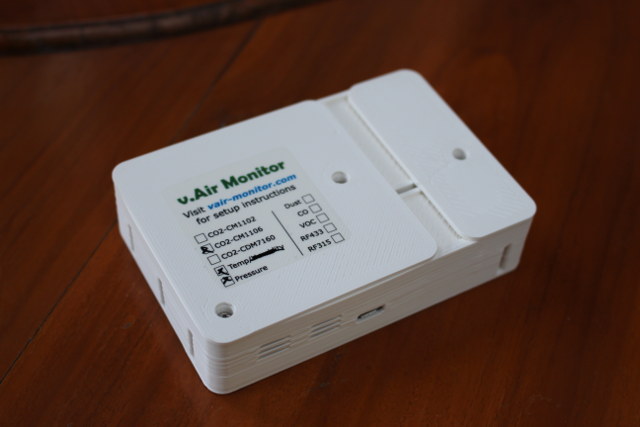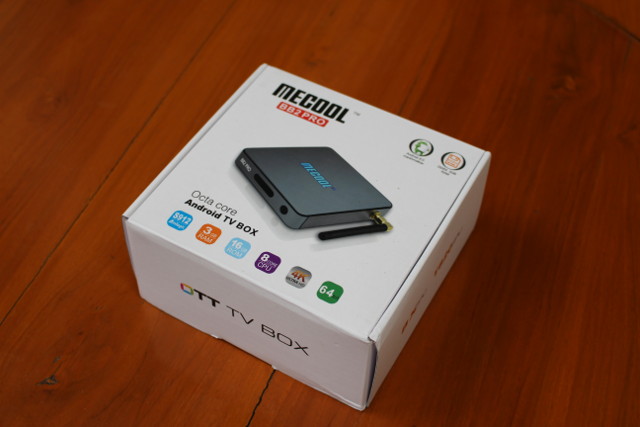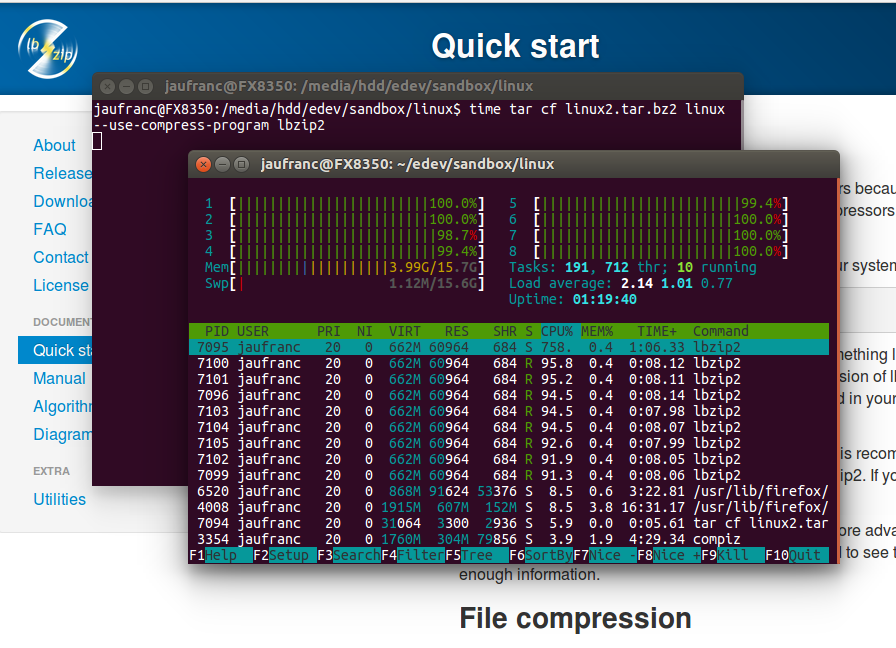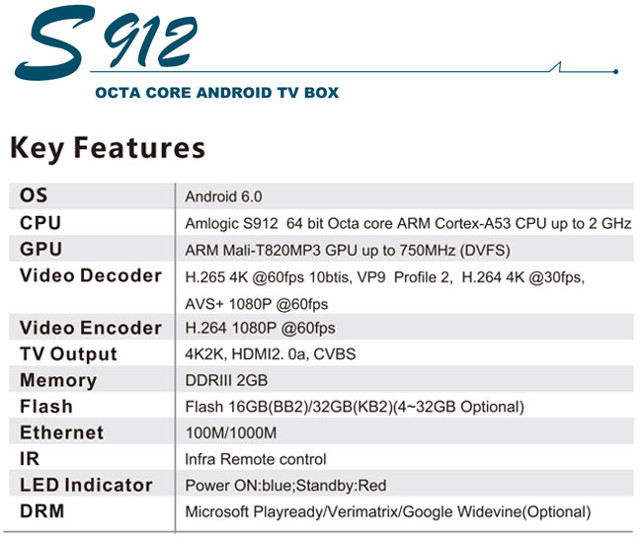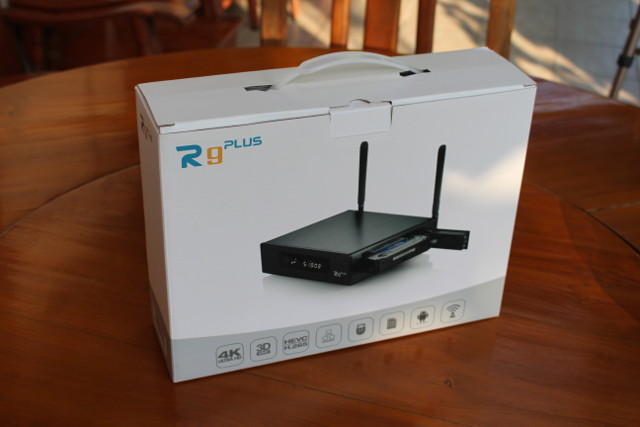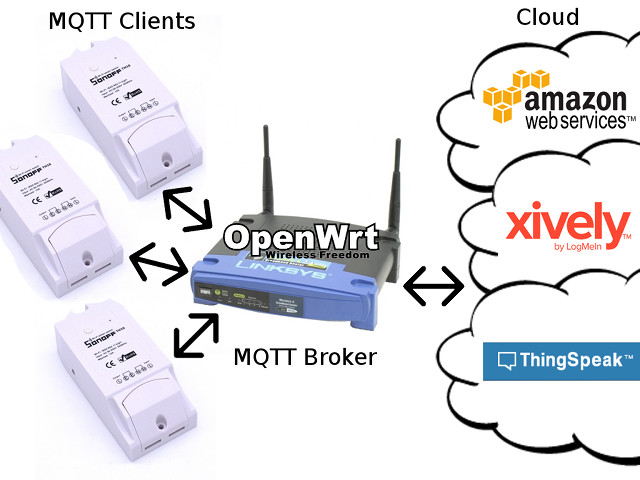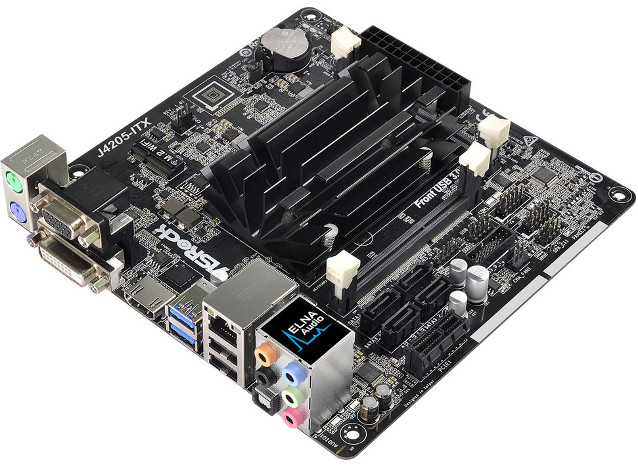The mailman delivered two parcels today, and interestingly enough they have a similar functionality measuring air quality and environmental data such as temperature. The first package was ITEAD Studio Sonoff SC environmental sensor with ESP8266, an Atmel MCU, DHT11 temperature & humidity sensor, a dust detector, a light sensor, and a microphone, while the second was v-Air Monitor vThings CO2 monitor v3 also based on ESP8266 with a CO2 sensor and other optional sensors. I’ll test both with their stock firmware later on, but today I’ll have a look at the hardware design. v-Air Monitor vThings CO2 monitor specifications While I’ve already written about Sonoff SC, it’s the first time I cover v.Air Monitor products, so let’s start with the specifications of vThings CO2 Monitor v3: SoC – Espressif ESP8266 WiSoC Connectivity 802.11 b/g/n WiFi Optional RF315 / 433 MHz RF module Sensors CO2 Sensor (one of them) CM1106 NDIR […]
Review of Mecool BB2 Pro TV Box with DDR4 Memory – Part 1: Specs, Unboxing and Teardown
Mecool BB2 Pro is yet another Amlogic S912 Android 6.0 TV box, but after Eweat R9 Plus, it’s my second TV box with DDR4 memory that should deliver much higher bandwidth compared to DDR3 memory used in most TV boxes. But so far, it’s clear how much performance can be extracted from the system with higher memory bandwidth in actual use, and that’s exactly what I hope to find out in the second part of the review, but in this post I start by going through the specs, check the box and its accessories, as well as the hardware design. Mecool BB2 Pro specifications Apart from the DDR4 memory, BB2 Pro has pretty common specifications: SoC – Amlogic S912 octo-core ARM Cortex A53 processor @ up to 1.5 GHz with ARM Mali-820MP3 GPU System Memory – 3 GB DDR4 Storage – 16 GB eMMC flash + micro SD slot up […]
Compress & Decompress Files Faster with lbzip2 multi-threaded version of bzip2
Bzip2 is still one of the most commonly used compression tools in Linux, but it only works with a single thread, and I’ve been made aware that lbzip2 allows multi-threaded bzip2 compressions which should lead to much better performance on multi-core systems. lbzip2 was not installed by default in my Ubuntu 16.04 machine, but it’s easy enough to install:
|
1 |
sudo apt install lbzip2 |
I have cloned mainline linux repository on my machine, so let’s see how long it takes to compress the directory with bzip2 (one core compression):
|
1 2 3 4 5 |
time tar cjf linux.tar.bz2 linux real 9m22.131s user 7m42.712s sys 0m19.280s |
9 minutes and 22 seconds. Now let’s repeat the test with lbzip2 using all 8 cores from my AMD FX8350 processor:
|
1 2 3 4 5 |
time tar cf linux2.tar.bz2 linux --use-compress-program=lbzip2 real 2m32.660s user 7m4.072s sys 0m17.824s |
2 minutes 32 seconds. Almost 4x times, not bad at all. It’s not 8 times faster because you have to take into account I/Os, and at the beginning the system is scanning the drive, using all 8-core but not all full throttle. […]
YokaTV KB2 Review – Amlogic S912 TV Box with 32 GB Flash
CNXSoft: This is another review by Karl about Amlogic S912 based YokaTV KB2 TV box. Introduction Today we will be looking at Videostrong YokaTV KB2. Below are the specs from Videostrong website. This is my first S912 device so I had high expectation. I have been using it for quite some time now with no major issues. I received approximately 6 OTA updates since I started testing and some welcome updates have come. Build When I receive a box first thing I do is take it apart and check out the inside. I was excited when I found out it had 32 gig of storage. It is not too common. Then when I opened the box I was really happy to see an antenna that wasn’t soldered on. Makes it easy to add a different one. +1 for KB2. Then I noticed the heat sink. It seemed a little small. […]
Eweat R9 Plus Android TV Box and OpenWrt NAS Review – Part 1: Unboxing and Teardown
Zidoo X9S is getting some competition with Eweat R9 TV boxes based on the same Realtek RTD1295 processor with built-in SATA, Gigabit Ethernet, 4K VP9 and H.265, HDR, and USB 3.0. The company has three R9 models, and they sent me to top of the line R9 Plus with 2GB RAM, 16GB storage, a 3.5″ SATA bay, HDMI input, and dual Gigabit Ethernet ports for evaluation. I’ll start the first part of the review by checking out the hardware inside and out, before testing the firmware in the second part. Eweat R9 Plus Unboxing The device ships in a large package with a handle which can be convenient in brick and mortar shops since the whole package weights about 1.8 kilograms.The package then contains a smaller package will all accessories: a 12V/2.5A power supply, a “Quickly User Guide” (sic.), a HDMI cable, and an IR remote control taking two AAA […]
How to Use Sonoff POW ESP8266 WiFi Power Switch with MQTT and ThingSpeak
ITEAD Studio’s Sonoff is a family of cheap home automation products based on ESP8266 WiSoC, and I’ve already tested Sonoff TH16 wireless switch with a humidity and temperature sensor using the stock firmware and eWelink app for Android or iOS. It works, but up to recently it required a registration to a cloud service (the company will now allow use from the local network), and the source code is closed. So for the second device under review, namely Sonoff POW wireless switch with a power consumption monitor, I decided to install ESPurna firmware working on ESP8266 Sonoff devices and NodeMCU, as it’s open source, supports Sonoff POW natively, includes a web interface to control the device from the LAN, and includes an MQTT client. MQTT (Message Queuing Telemetry Transport) is a lightweight publish/subscribe messaging protocol used to control IoT sensors and devices, and it’s a popular method to gather data […]
How to Install ThingSpeak in Ubuntu 16.04
Last week-end I installed ESPurna open source firmware with MQTT server on Sonoff POW WiFi switch, and the next step is find a way to draw power consumption charts in some web based interface. We could do this in the IoT cloud with services like Xively or ThingSpeak, but since one of the goals of replacing the default firmware was not to rely on a proprietary cloud based solution, I decided to find a way to draw those chart in a local server, and it so happens that ThingSpeak is also open source with the code available on Github. Hardware platforms like NanoPi NEO / NEO Air, or Orange Pi Zero boards appear to be particularly well suited for the task of running an MQTT broker and Thingspeak, but at first I wanted to install ThingSpeak in my own Ubuntu 16.04 computer to have a try. As you can see […]
First Intel Apollo Lake J3455/J4205 Processor Benchmarks & Video Tests
Many products powered by Intel Apollo Lake processors have already been announced, but few are actually shipping, and I have yet to get one here. However, AndroidPC.es got hold of ASRock J4205-ITX and J3455-ITX motherboards powered by respectively a Pentium J4205 quad core processor and a Celeron J3455 quad core processor, run a few benchmarks, and tested videos in Windows 10 on the motherboards with Kodi 17 and MPC-HC. Let’s have a look at some of the benchmarks to better understand of what we can expect from Apollo Lake desktop processors. First there’s not that much of a difference between Celeron J3455 (1,771 points) and Pentium 4205 (1,830 points) in PCMark Home Convetional benchmark, however you should clearly feel a boost in performance compared to systems with Intel Cherry Trail x5-Z8300 processor (1,141), and the score is getting fairly close to a mini PC with an Intel Core i3-5005U […]


